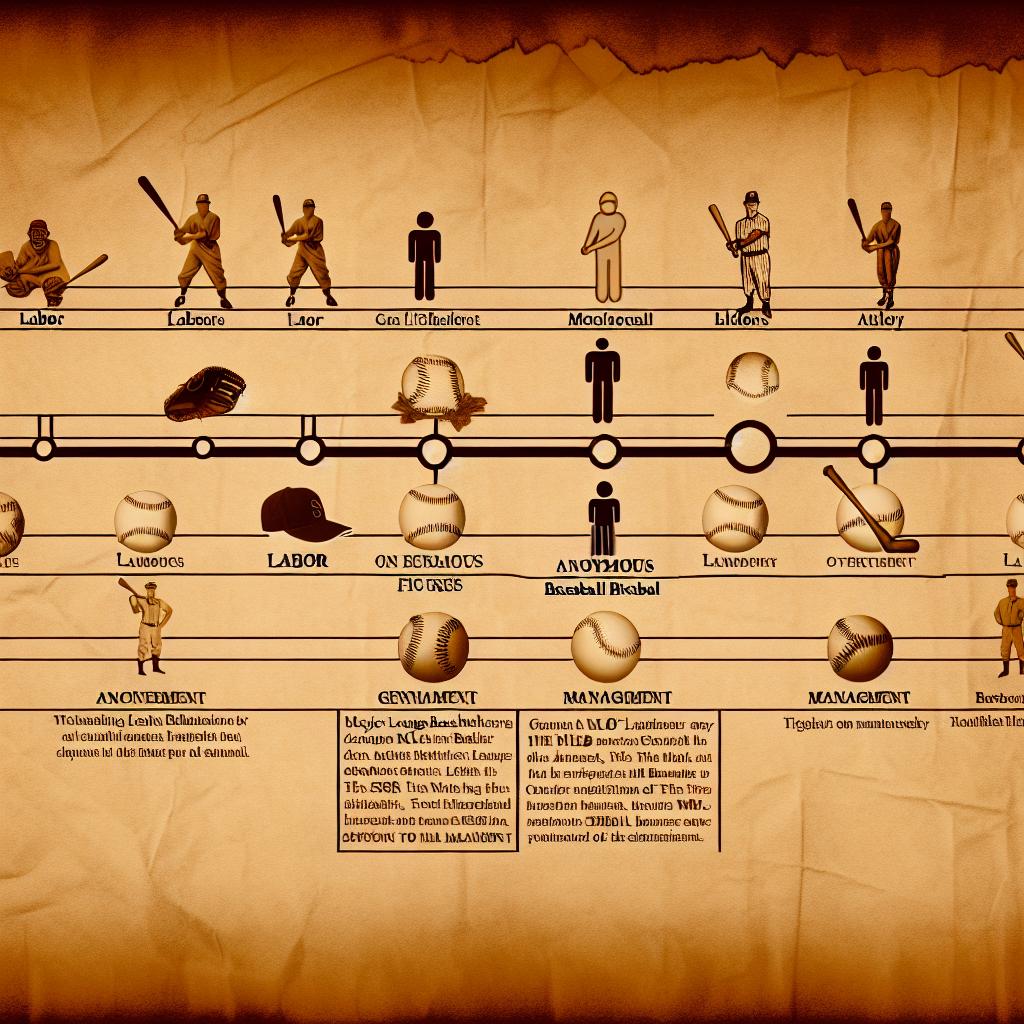Understanding MLB Roster Construction
Major League Baseball (MLB) teams utilize a variety of strategies and methodologies to construct their rosters. This multifaceted process aims to balance acquiring top-notch talent, adhering to budget constraints, and ensuring long-term team viability. The development of a successful roster is an intricate endeavor that involves multifactorial approaches, including scouting, drafting, trades, and player development.
Player Scouting and Drafting
A critical first step in building a competitive MLB roster is player scouting and drafting. MLB teams have dedicated scouting departments tasked with evaluating players at various levels of competition, from high school athletes to international talent, across numerous regions globally. The primary goal of this scouting is to accumulate rich data that can inform decision-making during the MLB Draft.
In the Diverse Nature of scouting, each team employs specific strategies. While some teams prioritize drafting players with high upside potential, even if such players require years of development, others might prioritize athletes who can make an immediate impact on the major league roster. The focus could be on physical skills, mental acuity, or raw athletic abilities. To see how this process unfolds, the MLB Draft website provides detailed insights into each team’s efforts during draft season.
Minor League Systems
Once drafted, many players commence their careers within the minor league systems, serving as incubators for honing their skills. These systems are hierarchical, offering a path from Rookie level all the way to Triple-A, with each level presenting athletes with new challenges and competition. The ultimate goal of these minor league teams is not to win games but to develop potential major league talent.
As players progress through the system, evaluators assess their performance and readiness for the next level. A standout player in the minor leagues may be called up to the major leagues, which is pivotal in rounding out an MLB team’s roster. A player’s progress could be meticulously monitored over several seasons, focusing equally on their development curve and adaptability to higher levels of professional play.
Trades and Free Agency
Another critical aspect of roster construction is the use of trades and free agency. Trades allow teams to exchange assets, whether players, prospects, or financial considerations, providing a method to address immediate roster needs or build for future competitiveness. Successful trades are an art, requiring a nuanced understanding of the strengths and weaknesses of both their own and other teams’ rosters.
Free agency, on the other hand, represents an opportunity to acquire players whose contracts have expired. This phase is driven by strategic financial resource management. Teams must navigate the complex landscape of bidding for top talent, weighing these transactions against their salary capabilities. The MLB Free Agency platform offers deeper perspectives into this vital time in roster construction.
International Signings
MLB teams also augment their rosters by scouting and signing international talent. Countries such as the Dominican Republic, South Korea, Japan, and Cuba have become rich talent pools for MLB teams seeking to diversify their rosters. This global pursuit of talent entails negotiating varying signing rules, adhering to MLB’s international signing restrictions, and understanding cultural nuance.
Teams that have excelled in their international scouting and developmental frameworks have successfully incorporated these players into their organization, enhancing overall team talent and diversity. Often these players bring unique skill sets and fresh perspectives, greatly influencing their new team’s dynamic and performance.
Salary Cap Management and Player Contracts
Although MLB lacks a strict salary cap like other professional sports leagues, it operates under a luxury tax threshold system. This system imposes financial penalties on teams that exceed designated payroll limits, encouraging teams to strategize their financial expenditures carefully. Managing these finances is crucial for maintaining flexibility in roster construction.
Teams often emphasize developing cost-effective contracts, particularly targeting players who are subject to arbitration or who remain under team control. Marrying superstar talent with lower-cost, high-value contributors ensures that teams can remain competitive without exceeding payroll budgets. This blend creates a sustainable model for succession planning, enabling the development of future talent while leveraging and maximizing current talent.
Conclusion
Constructing an MLB team is akin to piecing together an elaborate puzzle. Each piece must align seamlessly, both strategically and financially, to build a competitive team that can endure the demands of a grueling season. Teams that successfully navigate the labyrinth of player talent, contractual obligations, and fiscal responsibility typically employ a harmonious mix of homegrown talent, key trades, and astute signings. A comprehensive understanding of these processes reveals the sophisticated nature of MLB roster construction and highlights the strategic planning required to excel in the sport.





